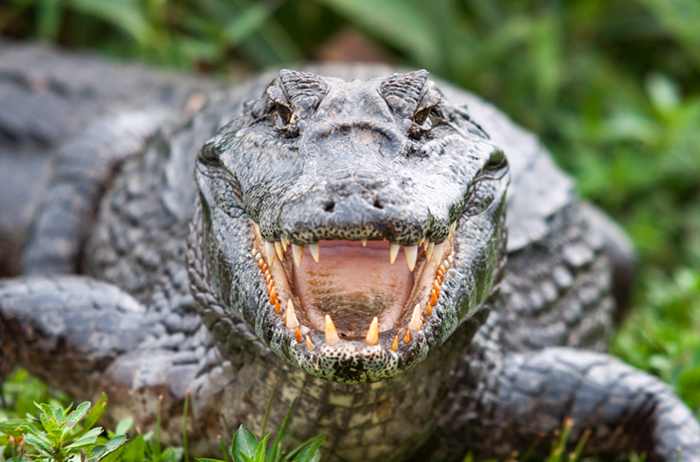The Day After Tomorrow
dir. Emmerich
Opens Fri May 28
Various Theaters
The Day After Tomorrow is a summer blockbuster—an all-purpose film, meant to entertain you and me and popcorn-huffing Middle Americans and apocalypse-watchers and the Jake Gyllenhaal Fan Club alike—and in the interim, hopefully earn back some of the 100 million clams it dropped on special-effecting the Empire State Building to freeze up and bend over. But that’s just gravy. The Day After Tomorrow is, in actuality, a two-hour-long, stern visual memo/Chick tract from director Roland Emmerich to George W. Bush RE: his absentee environmental policies, and it couldn’t be more awesome.
Okay, it could be more awesome—but it’s more interesting than you might expect. The film opens with three paleoclimatologists, digging for core samples on an Arctic ice shelf, when a giant fault line cracks the shelf in half—an echoing, foreshadowing fissure. Later, one of the scientists, Professor Adrian Hall (Dennis Quaid), happens to be delivering a speech on global warming to a meeting of multinational leaders. He tells them even the slightest temperature change wrought by man-made pollutants could induce another Ice Age. When the Vice President, a spitting image of Dick Cheney, accuses him of making “sensationalist claims,” Hall reminds him a Rhode-Island-sized chunk of glacier plummeted into the ocean (reference to actual facts), and wonders if that’s sensational. In an incredible, Manchurian Candidate-meets-Omega Man moment of pricelessly creepy, over-the-top paranoia, Quaid deadpans, “If we don’t act now… it’s going to be too late.” (He might have winked at the camera; it’s but one line in a script of ridiculous, kitschy understatements.)
But this is a worst-case scenario natural disaster film, and We Want Apocalypse. So: presumably spurred on by the melting ice shelf, ocean temperatures begin to drop off the coast of Nova Scotia. Softball-sized hail pelts from the sky in Japan. Tornados wipe out half of Los Angeles; its buildings are stripped to honeycombs. Flash floods drown New York City, where Hall’s college-age son, Sam (played by the ever-fetching Jake Gyllenhaal), is competing with his Team of Brainiacs in a trivia championship. The subways fill up with water, Atlantic waves devour the Statue of Liberty and… holy shit… could this be the beginning of another Ice Age?
They’re incredible to look at, these disasters; even as we see cities ripped to pieces wars and violence on real TV, it is somehow compelling to watch a dramatization of most of humanity be simply erased by nature. Camera shots from the land perspective are all frenzy and chaos, as people race for their lives, desperate but futile. An aerial view, though, is quiet, almost beautiful—tidal waves lap up at skyscrapers, tiny cars are gently pushed aside—and whimpering.
For two hours, the director hammers his global-warming warning home, however cheesily (at points) and unscientifically, but its suspension of disbelief factor goes beyond natural apocalypse. For instance, the main characters’ lack of Post-Traumatic Stress Disorder after watching most of NYC drown is a disturbing oversight.
But that’s not the point—Emmerlich’s plan was to reign in the hundred million studio bucks to push his political agenda, while still making a really kickass, indulgent summer blockbuster with cheese-cult potential. It’s worked at both, sparking dialogue on global warming in even conservative media, and visualizing for us what LA would look like if a storm system sucked it up like a vacuum.


















